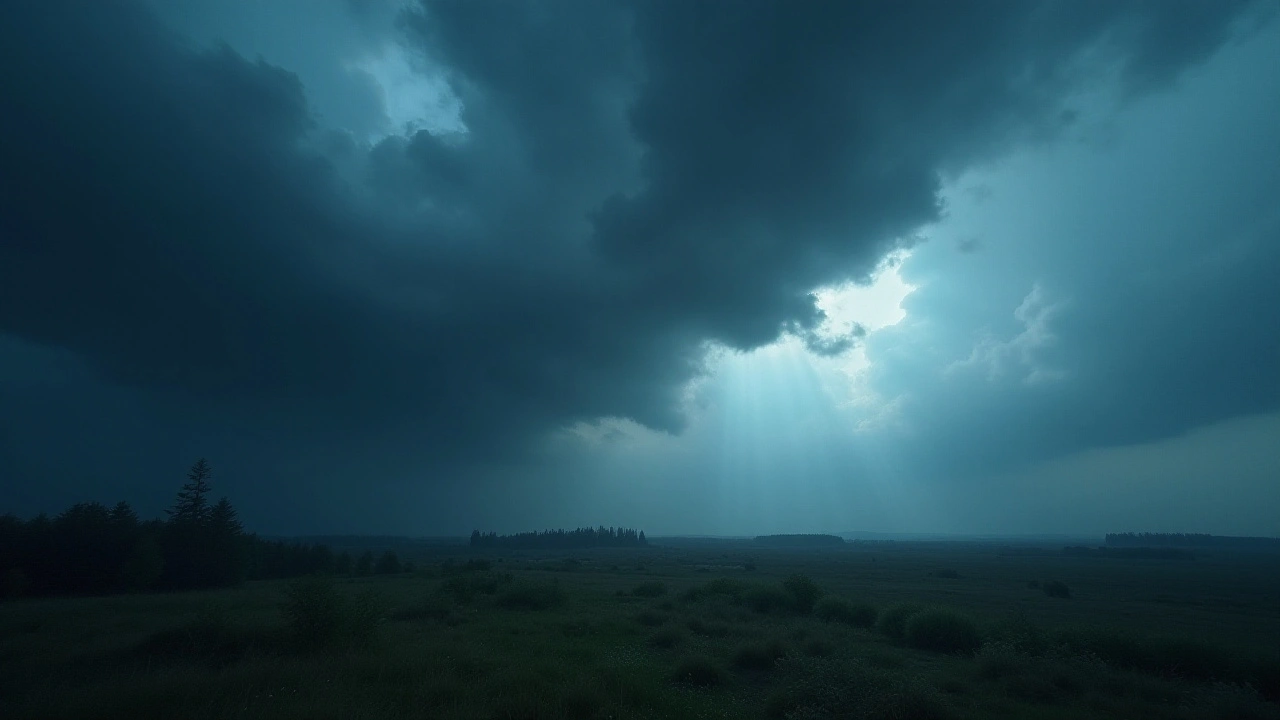Russian Far East: practical guide to economy, transport and travel
The Russian Far East stretches from Lake Baikal to the Pacific coast. Think huge distances, tough winters and rare wild landscapes — plus ports and resources that matter to Asia and Europe. If you follow trade, energy projects or travel adventures, this region deserves attention.
Where and who
Major cities include Vladivostok, Khabarovsk and Yuzhno-Sakhalinsk. Population density is low: big territories, small towns. That shapes daily life — services and transport are concentrated in cities while many rural areas face shrinking workforces.
Bordering China, North Korea and the Pacific, the Far East sits at a crossroads. Cross-border trade with China is a big deal for local markets and logistics, and the region’s location makes it strategically important for shipping and security in the Pacific.
Economy, resources and ports
Natural resources drive much of the economy. Fisheries, timber, coal, gold and offshore oil and gas projects are common. Sakhalin has long-running oil and LNG ventures that link suppliers to Asian buyers. Russia also focuses on mining and timber exports to global markets.
Ports matter here. Vladivostok and Nakhodka serve container and bulk trade to China, Japan and South Korea. The Trans-Siberian Railway and the Baikal–Amur Mainline (BAM) are the main land arteries connecting the Far East to the rest of Russia. In summer, the Northern Sea Route becomes a faster shipping lane for some Arctic-to-Asia traffic, though ice conditions vary yearly.
Special economic zones and incentives aim to attract investment, but building reliable infrastructure across vast distances is costly and slow. That’s the core tension: huge potential vs high cost to unlock it.
Geopolitics and security are never far away. Military presence, border controls and regional diplomacy affect trade and development. The area’s ties with Asia shape both business and policy decisions.
Tourism is growing for people who like nature and offbeat trips: volcanoes on Kamchatka, hot springs, whale watching, and rugged islands like the Kurils. Travel here is for planners — flights and trains often have limited schedules, and weather can change plans fast.
Practical tips: pick summer or early autumn for easier travel and more open roads. Book trains or flights early, especially on the Trans-Siberian route. Know that services outside major cities are basic. Carry local currency and check border rules if you plan cross-border trips.
Want updates? Follow news on ports, energy projects and regional policy — those areas shift fast and shape opportunities for business and travel. This tag gathers stories that help you watch the Far East’s role in trade, resources and geopolitics.



